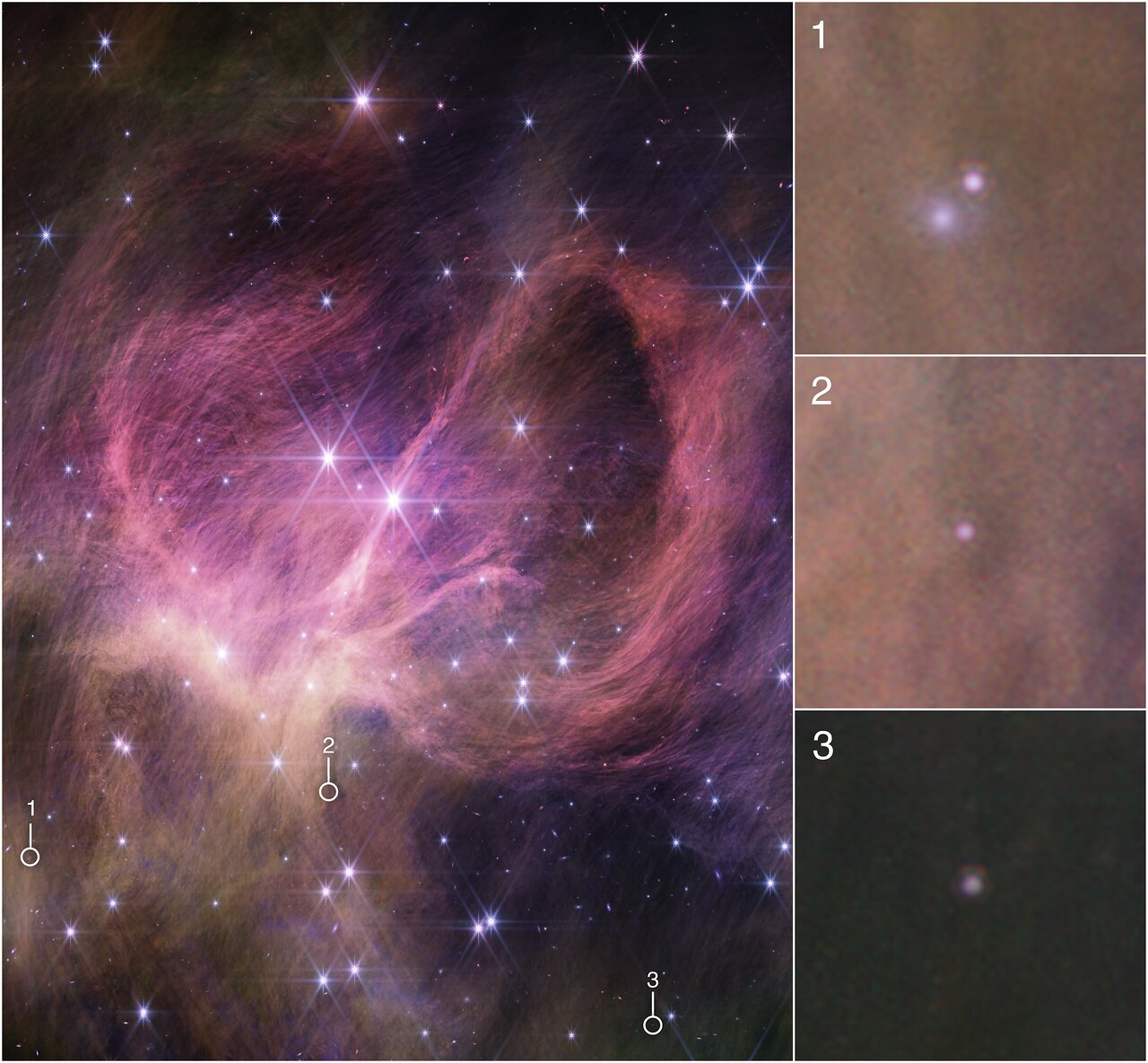Astronomers have announced the discovery of the smallest brown dwarf yet, an object weighing just three to four times the mass of Jupiter. Truly an incredible lightweight in the category of objects often referred to as failed stars. Brown dwarfs are not massive enough to start nuclear fusion at their core, and this object is even smaller than certain planets. This is the smallest known object to form in a star-like manner.
Stars form from collapsing clouds of gas. Stellar nurseries are vast clouds of gas and overdensities in them turn into stellar objects. Gravity takes over, and they clump into an object where nuclear processes produce some sort of heat and internal pressure. Stars then go nuclear, while brown dwarfs remain cooler and less active. Just how small you can get them has been a matter of debate.
“One basic question you’ll find in every astronomy textbook is, what are the smallest stars? That’s what we’re trying to answer,” lead author Kevin Luhman of Pennsylvania State University said in a statement.
Star cluster IC 348 in the Perseus star-forming region was a perfect place to hunt for small brown dwarfs. The region is young, just 5 million years old. This means that the brown dwarfs will still be shining in infrared from the heat of their formations. The team used JWST and found three very interesting targets all less than eight times the mass of Jupiter.

IC 348 and the three tiny brown dwarfs.
Image Credit: NASA, ESA, CSA, STScI, and K. Luhman (Penn State University) and C. Alves de Oliveira (European Space Agency)
The formation of the smallest brown dwarfs challenges the current models. Other potentially small objects have been highlighted by JWST in other regions, such as the Orion Nebula. Clearly, the theoretical views will have to be adjusted to explain the observations. The team is confident that these did not form like a planet. All the other stars around are quite small, and they would have had the time to form such a big planet and then kick it into interstellar space.
“It’s pretty easy for current models to make giant planets in a disc around a star,” added co-author Catarina Alves de Oliveira of the European Space Agency (ESA), principal investigator on the observing program. “But in this cluster, it would be unlikely that this object formed in a disc, instead forming like a star, and three Jupiter masses is 300 times smaller than our Sun. So we have to ask, how does the star formation process operate at such very, very small masses?”
If a record-breaking brown dwarf wasn’t enough, researchers report that two brown dwarfs in the sample have peculiar signatures in their atmosphere. It’s a hydrocarbon – a molecule that is made of carbon and hydrogen – of unknown composition. The same signature was seen on Titan, the largest moon of Saturn, and in interstellar space.
“This is the first time we’ve detected this molecule in the atmosphere of an object outside our Solar System,” explained Alves de Oliveira. “Models for brown dwarf atmospheres don’t predict its existence. We’re looking at objects with younger ages and lower masses than we ever have before, and we’re seeing something new and unexpected.”
A paper describing the results is published in The Astronomical Journal.
Source Link: New Brown Dwarf Spotted By JWST Is Tiniest "Failed Star" Ever Discovered